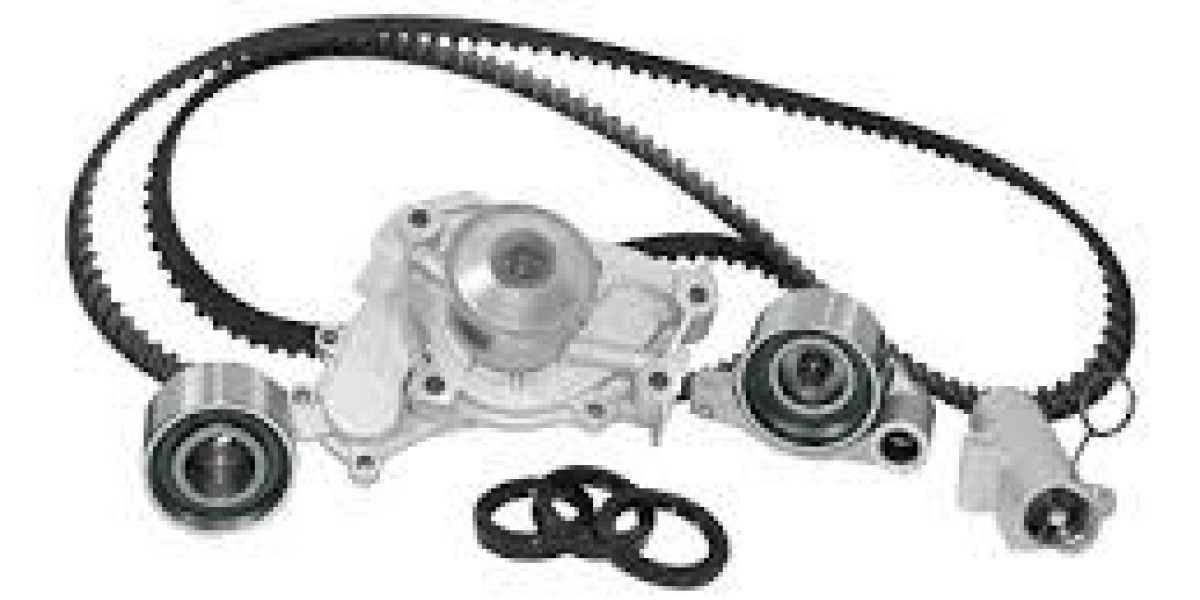When it comes to vehicle maintenance, many car owners underestimate the importance of timing belt kits. Unlike other visible components, the timing belt works silently but is one of the most critical parts of your engine. If neglected, a failing timing belt can lead to severe engine damage, costing thousands in repairs.
Why Timing Belts Are So Critical
The timing belt synchronizes the rotation of the crankshaft and camshaft, ensuring that valves and pistons move in perfect harmony. A damaged belt throws this synchronization off, leading to misfires, loss of power, and, in worst cases, complete engine breakdown. That’s why regular inspection and replacement with quality timing belt kits is crucial for long-term engine health.
Common Signs of a Worn-Out Timing Belt
Ticking noises from the engine
Difficulty starting the car
Engine misfires or stalling
Visible wear and cracks on the belt
Ignoring these early signs can result in snapped belts, bent valves, or piston damage—repairs that often exceed the cost of routine kit replacement.
The Real Cost of Neglecting Replacement
Many drivers delay replacement because the timing belt is not easily visible. However, when it fails, the consequences are disastrous. For instance, replacing a damaged engine could cost upwards of $3,000, while investing in a reliable timing belt kit is a fraction of that cost.
Benefits of Installing Quality Timing Belt Kits
Prevents Engine Failure – Ensures all moving parts work in perfect sync.
Extends Vehicle Lifespan – Reduces wear on valves, pistons, and other components.
Improves Fuel Efficiency – A well-timed engine consumes less fuel.
Peace of Mind – Eliminates the risk of sudden breakdowns on the road.
A dependable timing belt kit usually includes the belt, tensioner, and pulleys, ensuring all related components are replaced together for maximum performance.
When Should You Replace Your Timing Belt?
Most manufacturers recommend replacement every 60,000 to 100,000 miles. However, the interval may vary depending on the vehicle model and driving conditions. If you frequently drive in hot climates, carry heavy loads, or mostly do short city trips, your belt may wear out sooner.
Choosing the Right Timing Belt Kit
Not all kits are created equal. A good kit should:
Be manufactured with high-quality rubber or composite materials.
Include all necessary components (belt, pulleys, tensioners).
Be designed specifically for your vehicle make and model.
Buying from trusted suppliers ensures reliability and avoids premature failures.
Conclusion
Neglecting your timing belt is a gamble that could lead to catastrophic engine damage. Regular inspection and timely replacement with premium timing belt kits not only save you from costly repairs but also extend the life of your vehicle. Don’t wait for your car to leave you stranded—act now and protect your engine.








